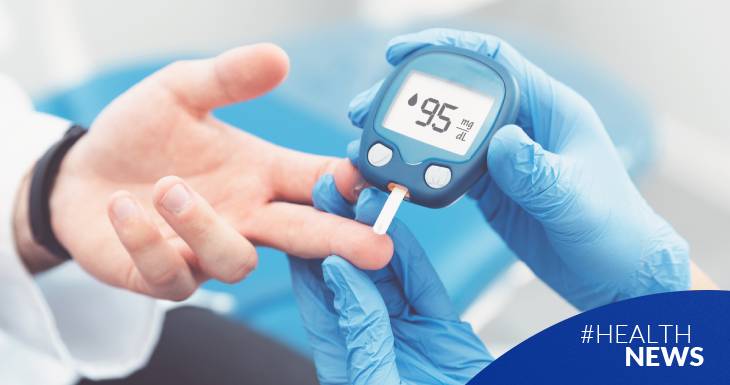Every November 14th, the world comes together to raise awareness about a disease that affects millions of people around the planet: diabetes.
Diabetes is much more than a matter of blood sugar. It is a chronic condition - which has skyrocketed by 60% among the younger population - can affect all aspects of the lives of those who suffer from it. From health complications to the daily challenges of controlling glucose levels, this disease requires constant attention.
Diabetes figures: worrying results among the youngest
According to the latest data from the International Diabetes Federation, this disease affects more than 530 million adults worldwide and is expected to continue increasing to 783 million by 2045. And what worries the scientific community most is that, although it has always been a pathology that has developed in middle-aged and older people, more and more adolescents and young people are affected by this problem.
Specifically, according to a study recently published in The British Medical Journal, the evolution during the last three decades (1990-2019) in 204 countries, the incidence of type 2 diabetes in the adolescent and young population (15-39 years) , which due to age should have the least probability of developing this chronic pathology, is not doing well. In just 30 years, the prevalence of type 2 diabetes in these population groups has increased by 56.4%, going from an incidence of 117 cases per 100,000 inhabitants in 1990, to 183 in 2019.
One of the sociodemographic factors that most influences the increase in type 2 diabetes worldwide is overweight in childhood and adolescence, as a consequence of an unhealthy diet, a high load of ultra-processed foods and a sedentary lifestyle. And the fact that the most affected regions are those with the least income is justified by this factor (a high Body Mass Index (BMI)). More than 70% of the 2 billion overweight and obese people live in low- or middle-income countries.
In addition to low income, the study authors point out that being a woman is also a risk factor for the development of early diabetes. Curiously, this relationship reverses after the age of 30. That is, before that age, women are more likely to develop type 2 diabetes, while after that, men are more likely to develop type 2 diabetes.
Pregnancy and polycystic ovary syndrome, which are associated with insulin resistance, could contribute, in part, to this difference between the sexes, the researchers explain, adding that: the burden of the disease in females is more pronounced in countries with a low sociodemographic index.
Four symptoms of type 2 diabetes that you shouldn't ignore:
- Urinating frequently, especially at night.
- Feel a constant thirst.
- Fatigue or excessive tiredness.
- Weight loss for no apparent reason. Additional symptoms include genital itching, cuts or wounds that take time to heal, and blurred vision.
On this World Diabetes Day, let us remember that healthy eating and physical exercise to maintain a healthy body weight are the basic pillars of treatment, and metformin, insulin and liraglutide are the pharmacological options for these patients.


